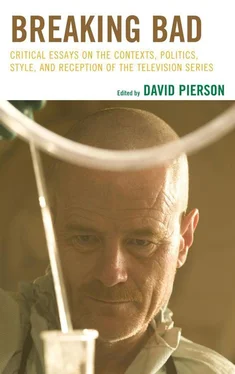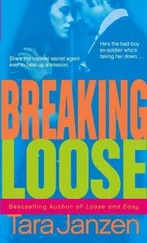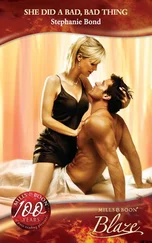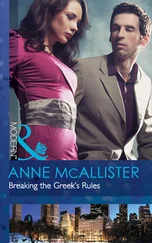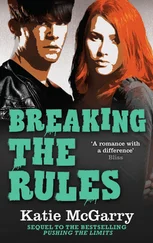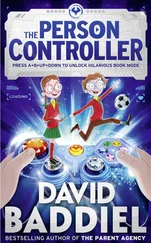———. “Music from Breaking Bad Season 4.” AMCTV.com. 10 October, 2012. http://blogs.amctv.com/breaking-bad/2011/06/season-4-music.php.
Paul, Aaron. “Q and A—Aaron Paul (Jesse Pinkman).” Interview by Eli Rosenberg. 2011. AMCTV.com . Accessed 1 November 2012. http://blogs.amctv.com/breaking-bad/2011/07/aaron-paul-interview.php.
Relph, Edward. Place and Placelessness . London: Pion Ltd., 1976.
Slovis, Michael. “Inside Breaking Bad : Jesse’s House.” AMCTV.com . 2012. 26 October, 2012. http://www.amctv.com/breaking-bad/videos/inside-breaking-bad-jesses-house.
Tuan, Yi-Fu. Space and Place: The Perspective of Experience . Minneapolis: University of Minnesota, 1977.
———. “A View of Geography.” Geographical Review 81, no. 1 (January 1991): 99-107.
Chapter 10
MEDIATING FICTIONAL CRIMES: MUSIC, MORALITY, AND LIQUID IDENTIFICATION IN BREAKING BAD
Carlo Nardi
The population inhabiting the fictional world of Breaking Bad engages in a wide range of deviant activity: from the main protagonist, Walter White (a.k.a. Walt), to the villainous Gus Fring, his more or less reluctant partners in crime, Jesse Pinkman, Saul Goodman, and Skyler White, and his brother-in-law and adversary, Hank Schrader—every character is bound to transgress social norms, break the law, or both. In fact, a complex web of ethical concerns, desires, regrets, fears, bonds, and matters of honor, as well as problematic risk assessment and management, constitute the rationale fueling the narrative of this serial drama, calling us to witness the metamorphosis of its protagonist from a mild-mannered chemistry teacher into a fearsome drug lord. It is also true that Walt’s illegal activity, presented as the inevitable consequence of circumstances, is excused to a certain extent. In particular, Walt finds himself in a state of chronic debt and isolation that is all too familiar to the show’s public. Appropriately, Walt can be said to act within what Bauman (2000) describes as liquid modernity, that is, “an individualized, privatized version of modernity, with the burden of pattern-weaving and the responsibility for failure falling primarily on the individual’s shoulders. It is the patterns of dependency and interaction whose turn to be liquefied has now come” (7-8). Far from clearing the way to ethical approval, the discomfort of helplessly watching unpleasant facets of Walt’s personality and the catastrophic consequences of his actions might cause moral dissonance and problematize identification processes in the viewer.
According to disposition theories, character appreciation is linked to moral judgment. Raney (2004) writes,
[W]hen viewing a drama, we come to like characters whose actions and motivations we judge as proper or morally correct while we dislike characters whose actions and motivations we judge as improper or morally incorrect…. This intertwining of affective dispositions and moral judgment permits and governs our emotional involvement in the drama.” (350-51)
Raney suggests that affective evaluation can precede moral judgment, meaning that we expect that characters that we already like will be morally upright (356) and be motivated by goodness and justice (357). Character liking is established first and foremost through standard narrative patterns and directorial and production choices that condition viewers’ perception of and hence identification with the characters. Predispositions, however, are not unconditional, in that “characters can lose their favored or unfavored status if their behaviors or motivations significantly violate associated expectations, based on initial disposition formation” (357). This is, I argue, precisely what happens in Breaking Bad , where a favorable predisposition toward Walt is systematically challenged, through a complex development of the character and his inexorable moral decline.
Walt’s initiation into crime takes place when he decides to become a methamphetamine cook in order to leave a nest egg for his family after being diagnosed with terminal lung cancer. At that point, as he downplays his involvement in crime by overemphasizing the neutrality of his role as a skillful chemist, viewers can still recognize an altruistic, although distorted, goal in his choice. However, after a vicious spiral of related actions and reactions, including killing or failing to help a dying person, tampering with the DEA investigations, manipulating his former student Jesse into breaking the law, dodging taxes, and laundering money, his acquired status as a criminal becomes unequivocal. Unsurprisingly, he starts behaving like a rogue at home, too, by forcing his wife to have sex, and offering whiskey to his underage son. At the same time, we witness a series of events that reveal several other unpleasant traits of his character that, while not leading in themselves to outright illicit actions, complete his metamorphosis. They shed light on the uneasy transformation of a seemingly respectable man who, in order to conceal his disreputable second life, repeatedly lies to his family and shows little empathy to those around him, while still believing in his own probity.
In serial drama, it is also through identification with the protagonist’s concerns that viewer loyalty is maintained. Since identification with an ambiguous, at times frankly irksome character like Walt can disorient the spectator, however, various narrative and production mechanisms mediate character disposition, alternatively stimulating positive identification, disengagement, and critical distancing in the viewer, thus paving the way for more or less rigorous moral scrutiny. It is worth noting that, even though the events depicted on screen are fictional, the moral codes that viewers bring into play while watching are, on the other hand, real—that is, viewers do not cease to be moral subjects while consuming entertainment. Whereas crime is a common ingredient of drama, allowing for vicarious enjoyment of the pleasures of transgression, fictional representations of crime may intersect with identification processes. As a result, the potential discovery that we have been rooting for the wrong guy may become a cause for concern.
Popular culture has regularly exploited the public’s fascination with crime, often capitalizing on the fine line between reality and fiction. In this regard, Ferrell (1999) argues that popular culture and the media do not merely mirror actions and symbolic constructions of crime in the “real” world; rather, criminal acts and cultural representations of crime feed each other in a “hall of mirrors” (397). Consequently, not only is the fictional world of Breaking Bad similar to ours, thanks to its realistic depiction of places, characters, and incidents, but it also addresses us as moral subjects, inviting us to confront our understanding of crime and challenge our everyday morality.
To sum up, two opposing dynamics are at work, at the level of the text and the reading respectively: firstly, morally questionable actions challenge character-identification processes; secondly, the psychological dynamics of television spectatorship require some kind of character identification. Characterization is the result of a composite process of writing, direction, production, performance and postproduction, embracing narrative elements in their strict sense, such as events and dialogues, and features such as camera angles and the soundtrack that, while serving a representational function, impose interpretive criteria on the viewer. In particular, I shall explore how a compiled music score encourages or inhibits identification processes as it articulates representations of crime. Drawing on Bauman’s concept of liquid modernity and by way of comparison, I shall define this gamut of processes as liquid identification : just as Walt finds himself in a “liquid-modern world of flexible norms and floating values” (Bauman 2008, 209), the viewers have to continually renegotiate their identification processes, accommodating the cognitive dissonance resulting from a dissociation of the desire for identification from their moral code.
Читать дальше
